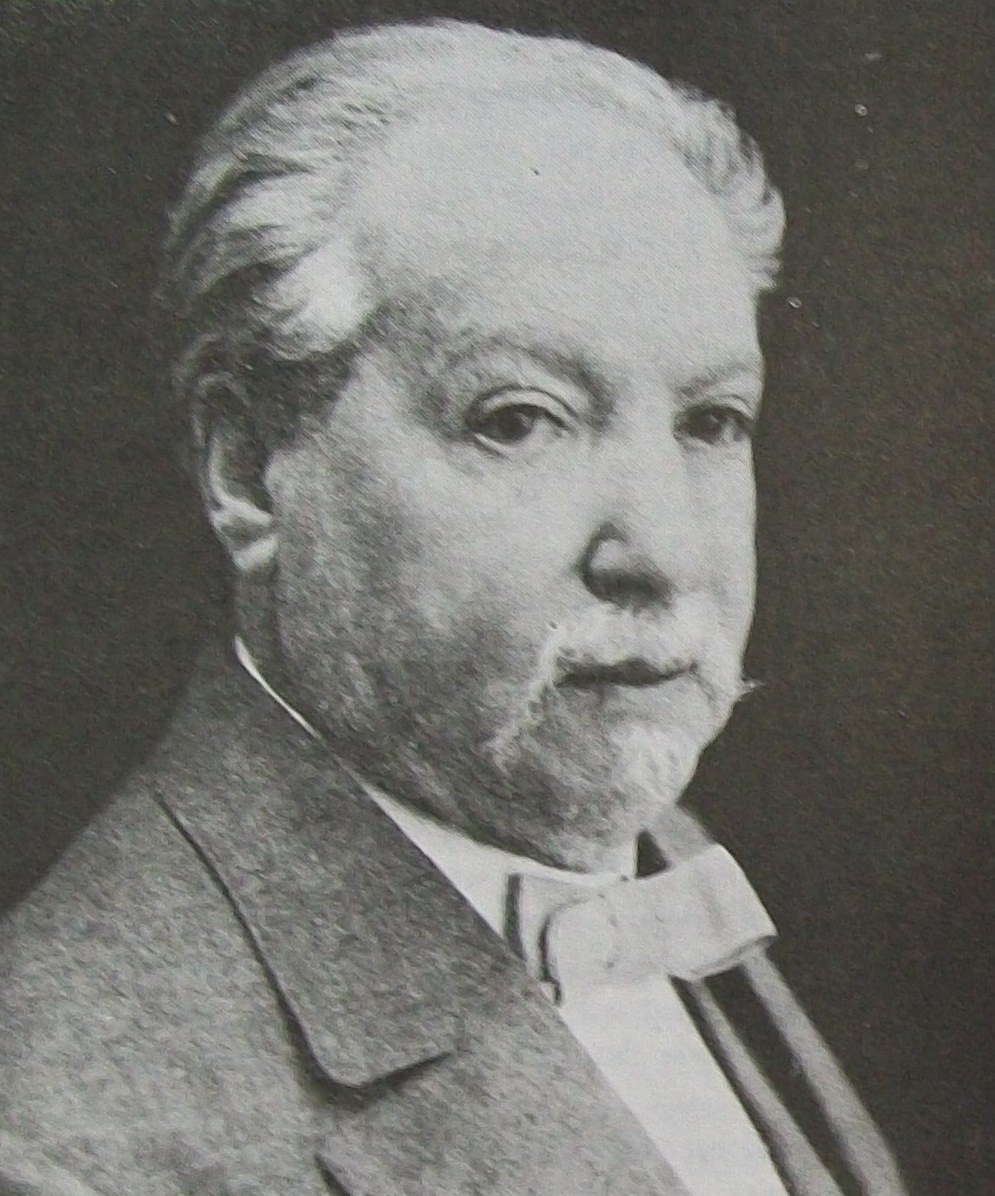|
Río Pilcomayo National Park
The Río Pilcomayo National Park ( es, Parque Nacional Río Pilcomayo) is a national park located in the northeastern part of the Argentine province of Formosa, on the border with Paraguay. Established on September 29, 1951 to protect the natural features (grasslands, marshes, creeks, lakes and forests), typical of the Humid Chaco ecoregion, the park is included in the Ramsar Convention's list of wetlands of international importance. Topography The park occupies a large plain, which was formed when a depression in Paleozoic crystalline rocks was filled with organic and inorganic sediments, thus creating a sedimentary basin. The uppermost sediment levels are of fluvial and aeolian origin. The eastern parts of the park are dominated by silts and clays, creating less permeable soils, while the western parts contain soils that are coarser and more porous. There are faults that were generated during formation of the Andes, lying parallel to the Paraguay River. While the park's t ... [...More Info...] [...Related Items...] OR: [Wikipedia] [Google] [Baidu] |
Formosa Province
Formosa Province () is a Provinces of Argentina, province in northeastern Argentina, part of the Gran Chaco Region. Formosa's northeast end touches Asunción, Paraguay, and the province borders the provinces of Chaco Province, Chaco and Salta Province, Salta to its south and west, respectively. The capital is Formosa, Argentina, Formosa. Source of the provincial name The name of the city (and the province) comes from the archaic Spanish language, Spanish word ''fermosa'' (currently ''hermosa'') meaning "beautiful". The name ''Vuelta Fermosa'' or ''Vuelta la Formosa'' was used by Spanish sailors in the 16th century to describe the area where the Paraguay River makes a turn, right in front of the actual city. These sailors were searching for the legendary Sierra del Plata. History Native inhabitants of these lands include the Pilagás, Wichis and Toba people, Tobas, whose languages are still spoken in the province. Sebastian Cabot (explorer), Sebastian Cabot and Diego García ... [...More Info...] [...Related Items...] OR: [Wikipedia] [Google] [Baidu] |
Clay
Clay is a type of fine-grained natural soil material containing clay minerals (hydrous aluminium phyllosilicates, e.g. kaolin, Al2 Si2 O5( OH)4). Clays develop plasticity when wet, due to a molecular film of water surrounding the clay particles, but become hard, brittle and non–plastic upon drying or firing. Most pure clay minerals are white or light-coloured, but natural clays show a variety of colours from impurities, such as a reddish or brownish colour from small amounts of iron oxide. Clay is the oldest known ceramic material. Prehistoric humans discovered the useful properties of clay and used it for making pottery. Some of the earliest pottery shards have been dated to around 14,000 BC, and clay tablets were the first known writing medium. Clay is used in many modern industrial processes, such as paper making, cement production, and chemical filtering. Between one-half and two-thirds of the world's population live or work in buildings made with clay, often ... [...More Info...] [...Related Items...] OR: [Wikipedia] [Google] [Baidu] |
Caranday Wax Palm
''Copernicia alba'' is a South American species of palm tree, which is found in the Humid Chaco ecoregion in Bolivia, Paraguay, Colombia, Brazil (in the states of Mato Grosso and Mato Grosso do Sul) and Argentina (especially the provinces of Argentina, province of Formosa Province, Formosa, and less abundantly towards drier areas). They often, but not always, form dense single-species woodlands. Its common names in Spanish language, Spanish show the various colours (and technical qualities) that its wood and/or Bark (botany), bark takes according to its environment: ''palma blanca'', ''palma negra'', ''palma colorada'' ("white", "black", and "red" palm, respectively). In Guaraní language, Guaraní, it is called ''caranday'', "water palm". Its English trade name is wax palm or caranday wax palm (it belongs to the same genus as the Copernicia prunifera, Carnauba wax palm). Ancient peoples in South America used wax palm for making candles by scraping away wax on the leaves. ''C. a ... [...More Info...] [...Related Items...] OR: [Wikipedia] [Google] [Baidu] |

